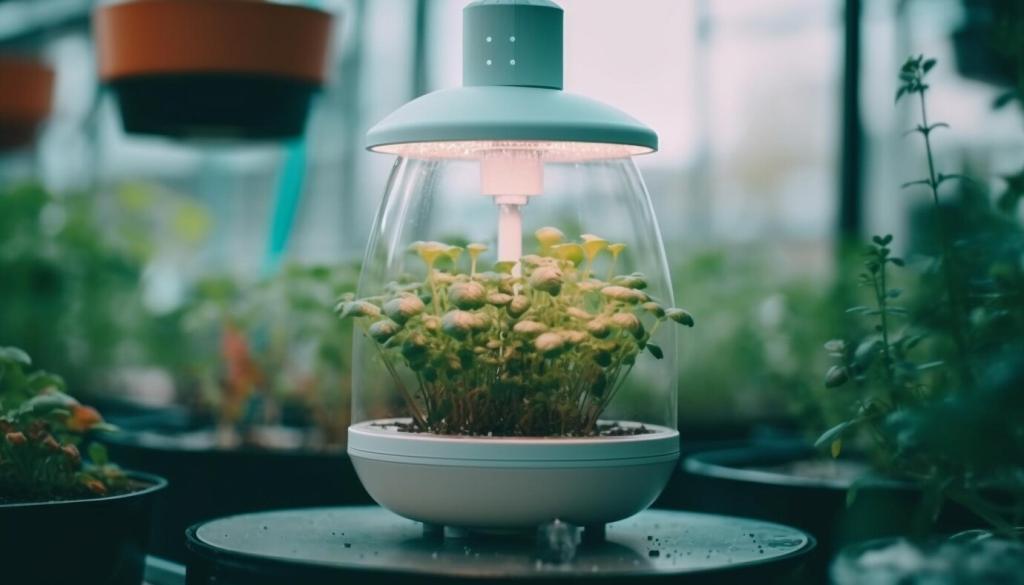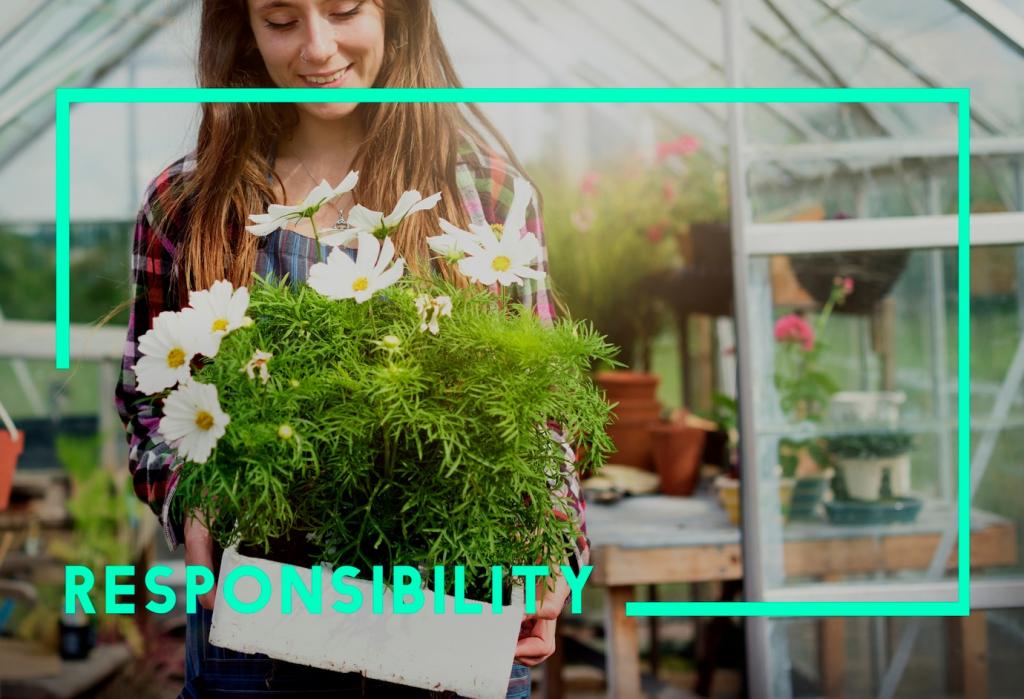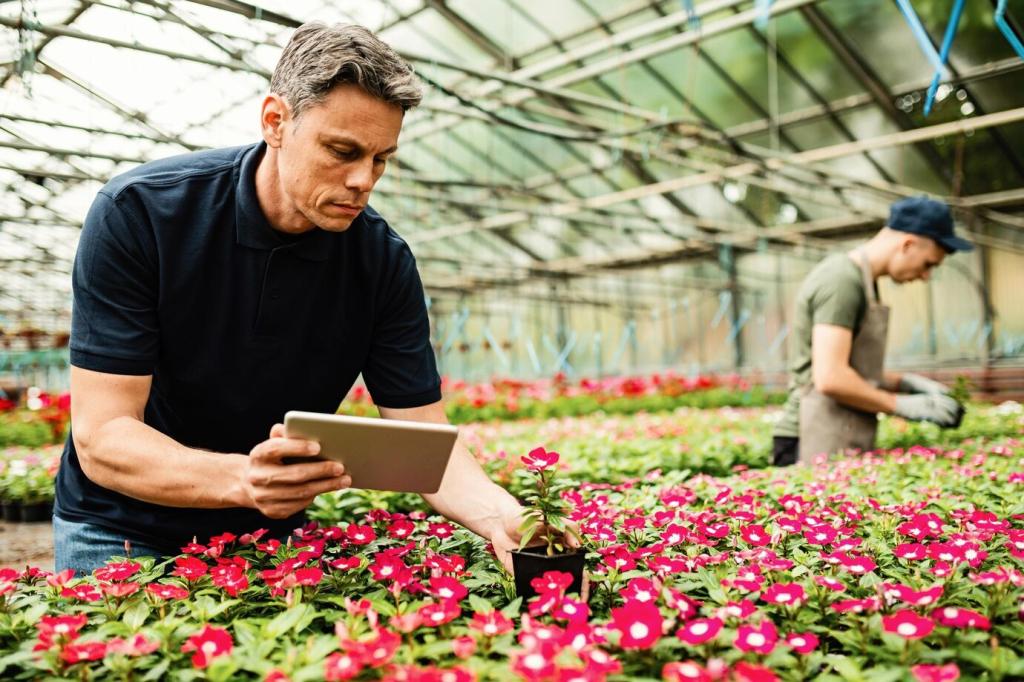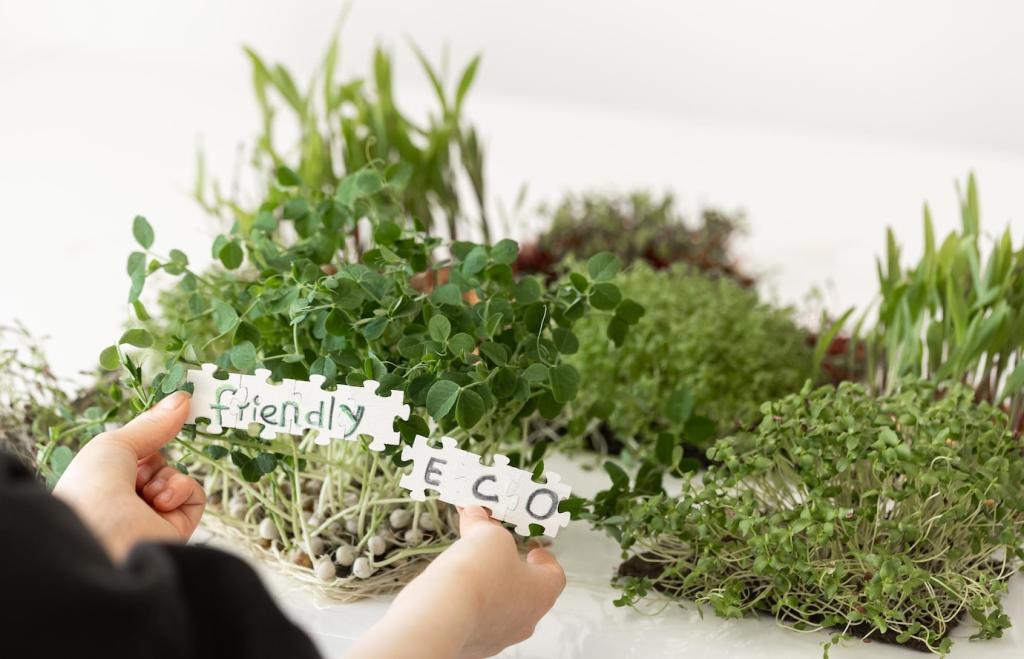This website uses cookies so that we can provide you with the best user experience possible. Cookie information is stored in your browser and performs functions such as recognising you when you return to our website and helping our team to understand which sections of the website you find most interesting and useful.
Introduction to Innovative Home Gardening Techniques
Innovative home gardening techniques are rapidly transforming the way we interact with our living spaces and the environment. Whether you’re an experienced gardener or a beginner seeking to enhance your green thumb, the world of modern gardening offers inventive solutions that maximize productivity, sustainability, and aesthetic appeal. This guide explores cutting-edge approaches designed to fit urban apartments, suburban yards, and everything in between. By understanding and implementing these strategies, you can create a thriving garden that adapts to your needs, conserves resources, and contributes to a healthier lifestyle. Dive in to discover how innovation is changing the gardening landscape and how you can be a part of this green revolution in your own home.

Modular Vertical Systems
Living Green Walls
Smart Gardening Technologies
Sustainable Water Management
Indoor Gardening Solutions
Window Sill Gardens
LED Grow Light Systems
Self-Watering Containers
Edible Landscapes and Forest Gardens

Container and Small-Space Gardens
Portable Potting Solutions


Creative Space Utilization
Organic and Natural Gardening Practices

Community and Urban Gardening Innovations


